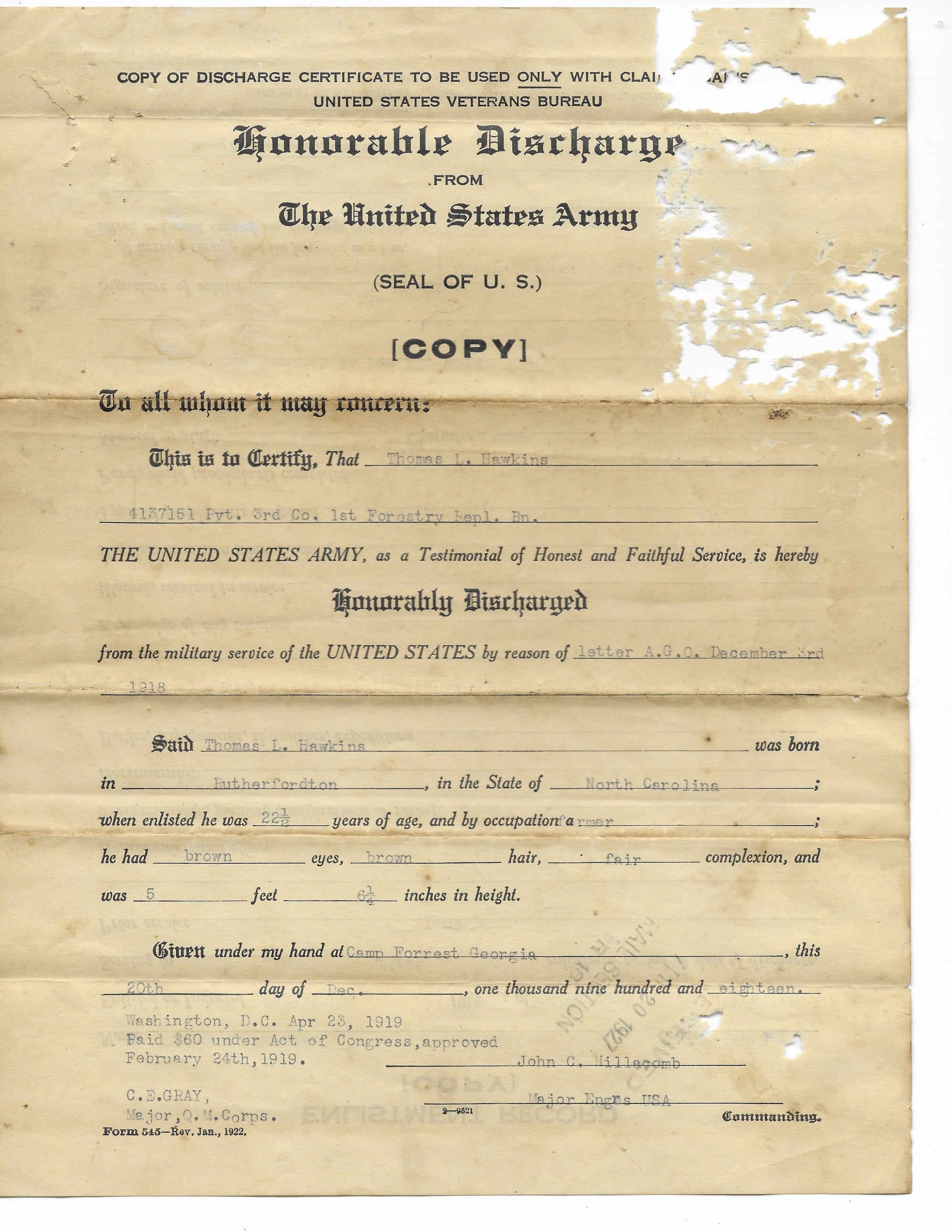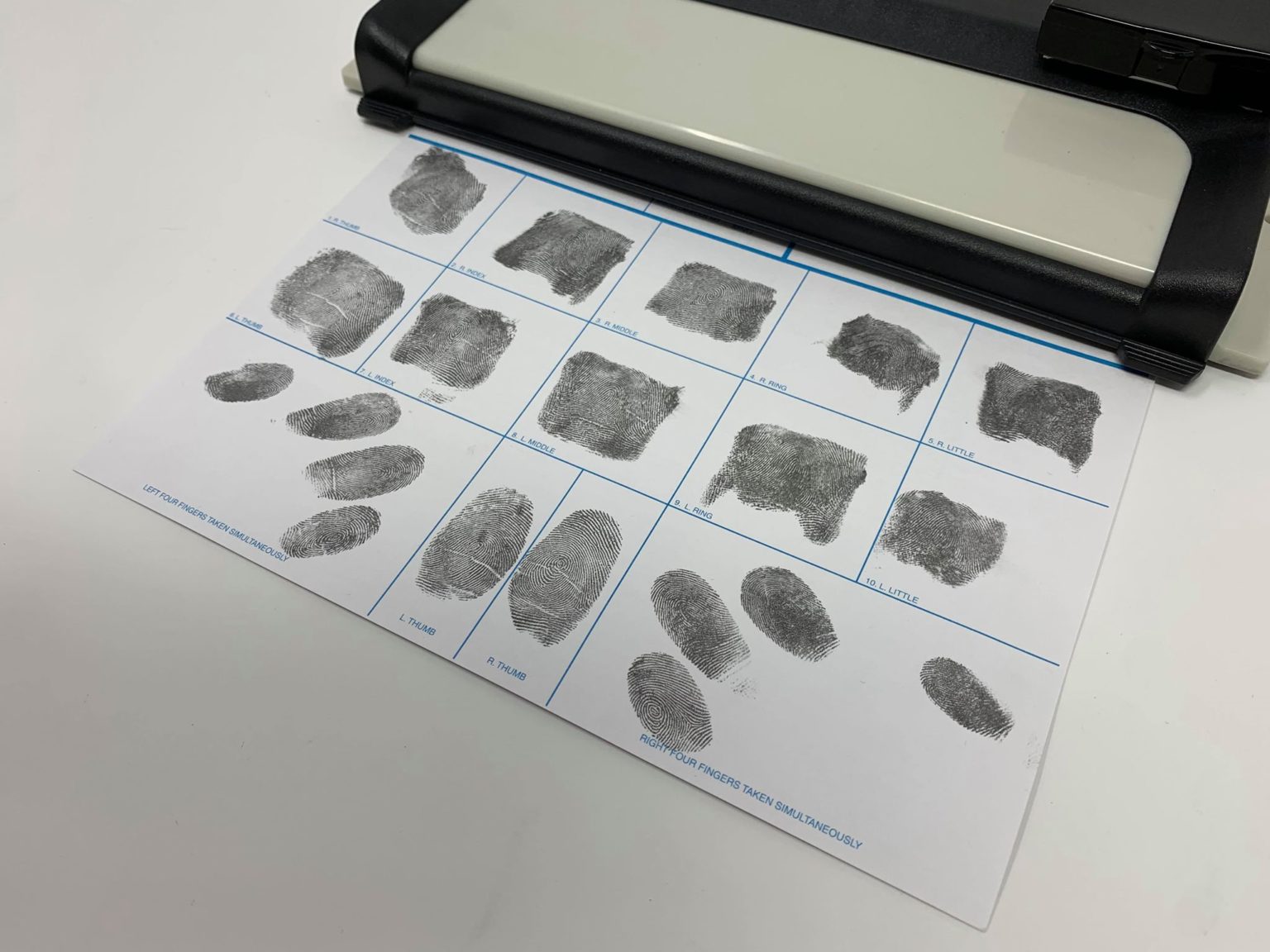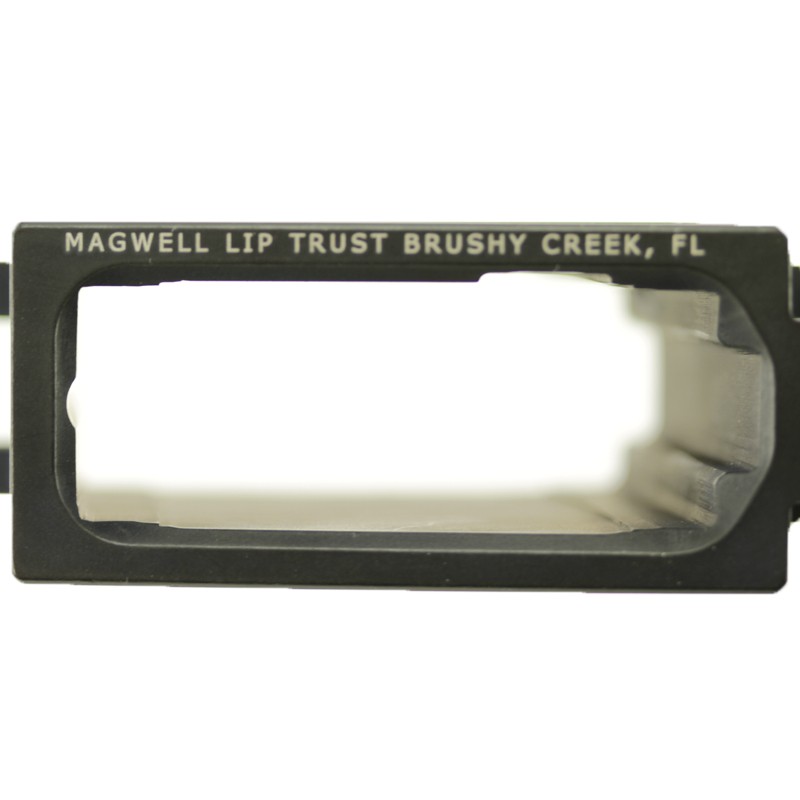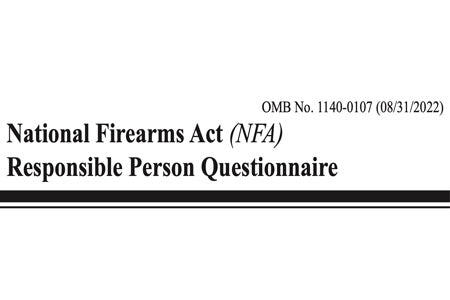Can I Buy a Short Upper Before ATF Paperwork?

Understanding Firearm Laws and Short-Barreled Upper Receivers

Before delving into the specifics of acquiring a short-barreled upper receiver for your firearm, it’s essential to understand the legal landscape surrounding these components. Firearms in the United States are regulated by the Bureau of Alcohol, Tobacco, Firearms, and Explosives (ATF). This regulatory body oversees the making, selling, and transfer of firearms, including short-barreled rifles (SBRs).
What is an SBR?

An SBR is defined by the National Firearms Act (NFA) as a rifle with a barrel length less than 16 inches or an overall length less than 26 inches. Here’s how the ATF defines these terms:
Rifle: A weapon designed or redesigned, made or remade, and intended to be fired from the shoulder, and uses the energy of the explosive in a fixed cartridge to fire a single projectile through a rifled bore for each single pull of the trigger.
Barrel Length: This is measured from the closed bolt or breech face to the end of the barrel or permanently attached muzzle device.
Overall Length: This includes the entire firearm from the end of the buttstock to the end of the barrel, including all permanently attached accessories.
Legal Requirements for SBRs

To legally own an SBR:
- You must be at least 21 years old.
- You must not be prohibited by any federal law from owning a firearm.
- You must pay a special $200 tax for the transfer or making of the SBR.
- You must submit an application for a tax stamp, which involves thorough background checks and fingerprinting.
⚠️ Note: The process of acquiring an SBR tax stamp can take several months.
Can You Buy a Short Upper Before ATF Paperwork?

The crux of the question revolves around the legality of possessing a short-barreled upper receiver before completing the necessary paperwork. Here are the steps and considerations:
Buying the Upper: You can purchase a short-barreled upper receiver without any special permissions or paperwork. However, it’s not legally an SBR until assembled with a lower receiver.
Assembling the SBR: Once you have the upper, you should not complete the assembly into an SBR configuration without completing the ATF paperwork. This includes:
Form 1 Application: If you’re making the SBR yourself, you need to file a Form 1 to apply for the tax stamp before you legally assemble the SBR.
Form 4 Application: If you’re buying a pre-made SBR, you’ll need to file Form 4 through a Federal Firearms License (FFL) holder who deals with Class 3 firearms.
📝 Note: Always keep the upper and lower receivers separate until you receive your tax stamp to avoid potential legal issues.
Implications of Early Assembly

Assembling your SBR before obtaining the tax stamp can lead to:
Criminal Charges: Possession of an unregistered SBR can result in felony charges, imprisonment, and hefty fines.
Confiscation: If found in an unregistered configuration, your firearm could be confiscated.
Potential Fines: Apart from criminal charges, the government might impose fines for the violation.
Strategies for Compliance

To ensure you remain within the law:
- Separate Storage: Keep the short-barreled upper and lower receivers separate until you’re legally allowed to assemble them.
- Form 1 for Personal Build: If you’re planning to build your SBR, file Form 1 as soon as possible. You can complete most of your build, excluding the short-barreled upper, while waiting for approval.
- Use Legal Counsel: If in doubt, consult with a firearms attorney or a knowledgeable dealer for guidance.
As we approach the end of this discussion, it’s clear that while you can acquire a short-barreled upper receiver without immediate legal repercussions, assembling it into an SBR requires adherence to the NFA regulations. Understanding these laws not only ensures compliance but also fosters a sense of responsibility among gun owners. Following these steps meticulously protects your rights and your freedom to own unique firearms legally.
Can I buy a short-barreled upper and keep it unassembled?

+
Yes, you can legally purchase a short-barreled upper receiver without any special permissions. However, do not assemble it into an SBR configuration until you’ve completed the required ATF paperwork and received the tax stamp.
What happens if I assemble an SBR before getting the tax stamp?

+
Assembling an SBR before obtaining the tax stamp is illegal and can result in felony charges, imprisonment, fines, and confiscation of the firearm.
How long does it take to get an SBR tax stamp?

+
The process can take several months due to background checks and processing time by the ATF.